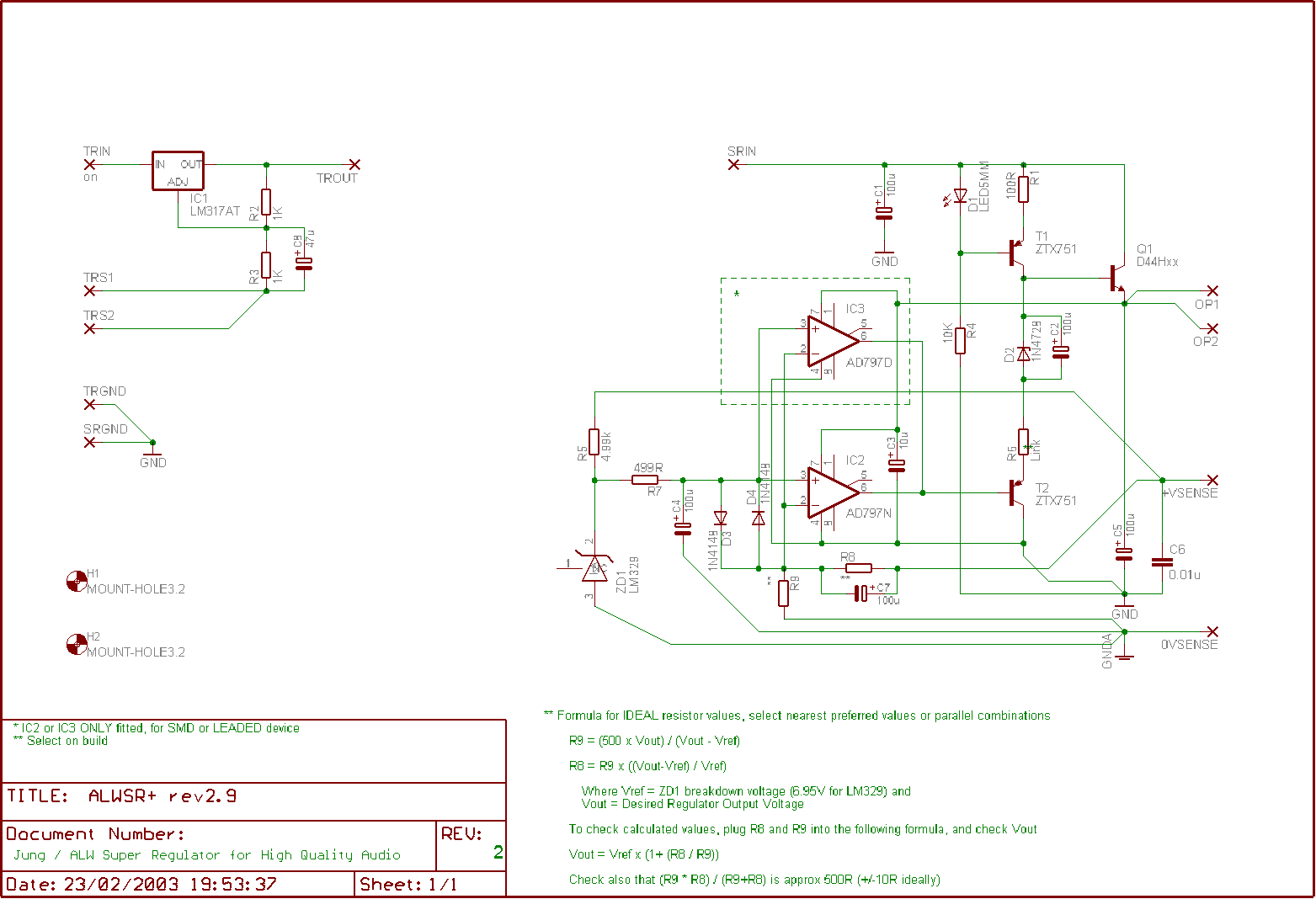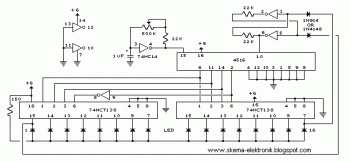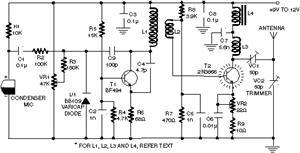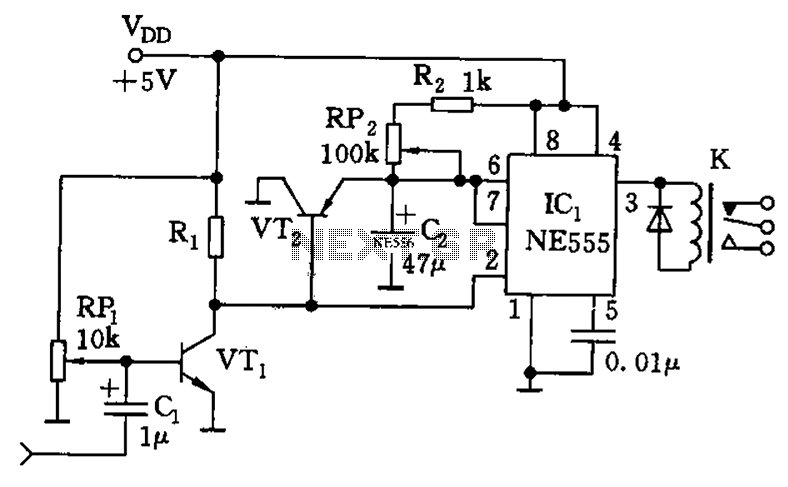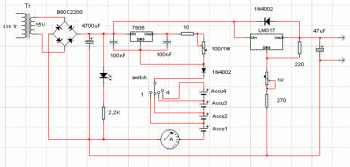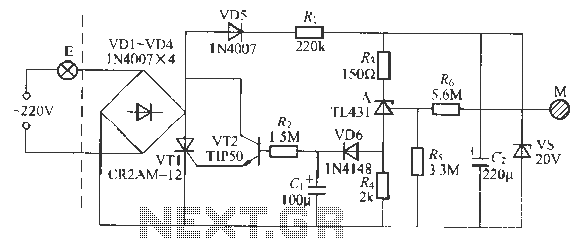
Arduino sampling code and circuit schematic

The code implementation discussed in the previous post has been initiated. To improve organization, the code has been modularized into functions, simplifying the overall structure. It is available along with the other code. Challenges were encountered in calculating averages while excluding outliers, leading to a focus on an initial population sample.
In the context of electronic circuit design, modularization of code is akin to structuring a circuit into functional blocks or modules. Each module can represent a specific functionality, such as signal processing, data acquisition, or control logic. This approach not only enhances clarity but also facilitates debugging and testing, similar to how functions in programming allow for isolated testing of specific tasks.
In the design of an electronic schematic, attention should be given to how each module interacts with others. For instance, a data acquisition module could gather input from sensors, while a signal processing module could filter and analyze this data, removing noise and outliers to ensure accurate readings. The output from the signal processing could then be fed into a control logic module, which would make decisions based on the processed data, such as activating an actuator or sending data to a user interface.
When designing such a circuit, it is crucial to consider the specifications of each component, including their tolerances and how they handle variations in input. This is similar to the challenges faced in programming when dealing with outliers in data sets. In both cases, robust methods must be employed to ensure reliable performance. For example, in a circuit, using operational amplifiers with high common-mode rejection ratios can help minimize the impact of noise, analogous to statistical methods used in programming to handle outliers effectively.
Overall, a well-structured electronic schematic that reflects the principles of modular programming can lead to improved functionality, easier maintenance, and enhanced performance of the overall system.I started implementing the code I talked about in the last post. Everything is getting a little messy, so I pulled everything out into functions, which made things easier. It`s here, along with all the other code. I had some trouble computing averages while taking out outliers, so I started with just taking a population of.
🔗 External reference
In the context of electronic circuit design, modularization of code is akin to structuring a circuit into functional blocks or modules. Each module can represent a specific functionality, such as signal processing, data acquisition, or control logic. This approach not only enhances clarity but also facilitates debugging and testing, similar to how functions in programming allow for isolated testing of specific tasks.
In the design of an electronic schematic, attention should be given to how each module interacts with others. For instance, a data acquisition module could gather input from sensors, while a signal processing module could filter and analyze this data, removing noise and outliers to ensure accurate readings. The output from the signal processing could then be fed into a control logic module, which would make decisions based on the processed data, such as activating an actuator or sending data to a user interface.
When designing such a circuit, it is crucial to consider the specifications of each component, including their tolerances and how they handle variations in input. This is similar to the challenges faced in programming when dealing with outliers in data sets. In both cases, robust methods must be employed to ensure reliable performance. For example, in a circuit, using operational amplifiers with high common-mode rejection ratios can help minimize the impact of noise, analogous to statistical methods used in programming to handle outliers effectively.
Overall, a well-structured electronic schematic that reflects the principles of modular programming can lead to improved functionality, easier maintenance, and enhanced performance of the overall system.I started implementing the code I talked about in the last post. Everything is getting a little messy, so I pulled everything out into functions, which made things easier. It`s here, along with all the other code. I had some trouble computing averages while taking out outliers, so I started with just taking a population of.
🔗 External reference
